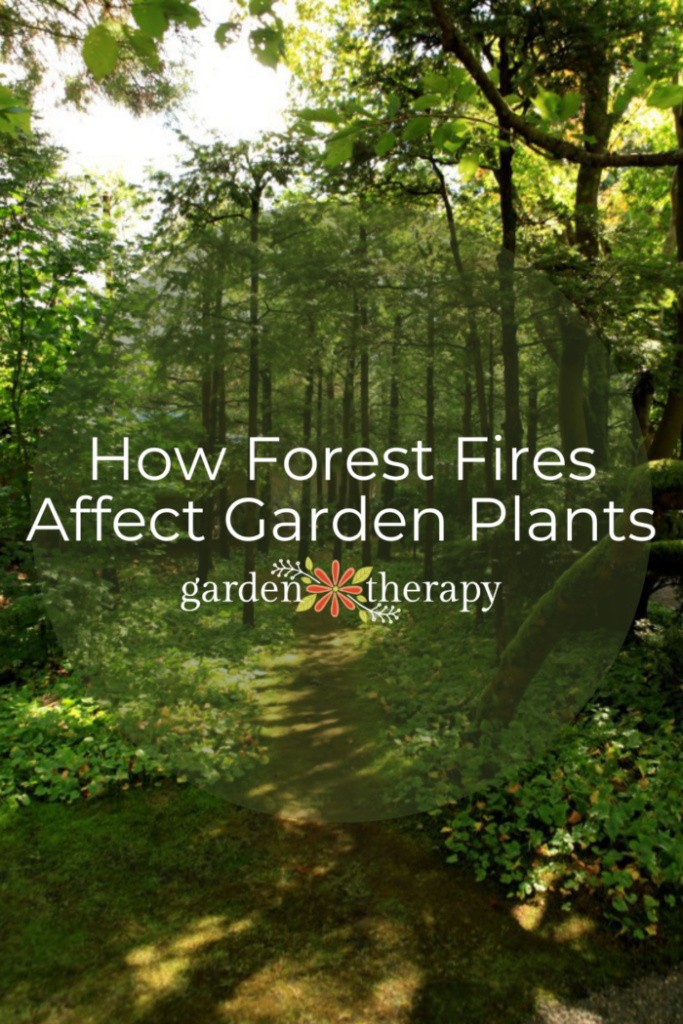As forest fires become more frequent, our garden plants will continue to sit under smoky skies. But how does this affect the lifecycle of our favourite flowers, herbs, and ornamentals? Will our veggies have a smoky flavour? Let’s discuss what we do know about the effects of forest fires on plants in the garden.
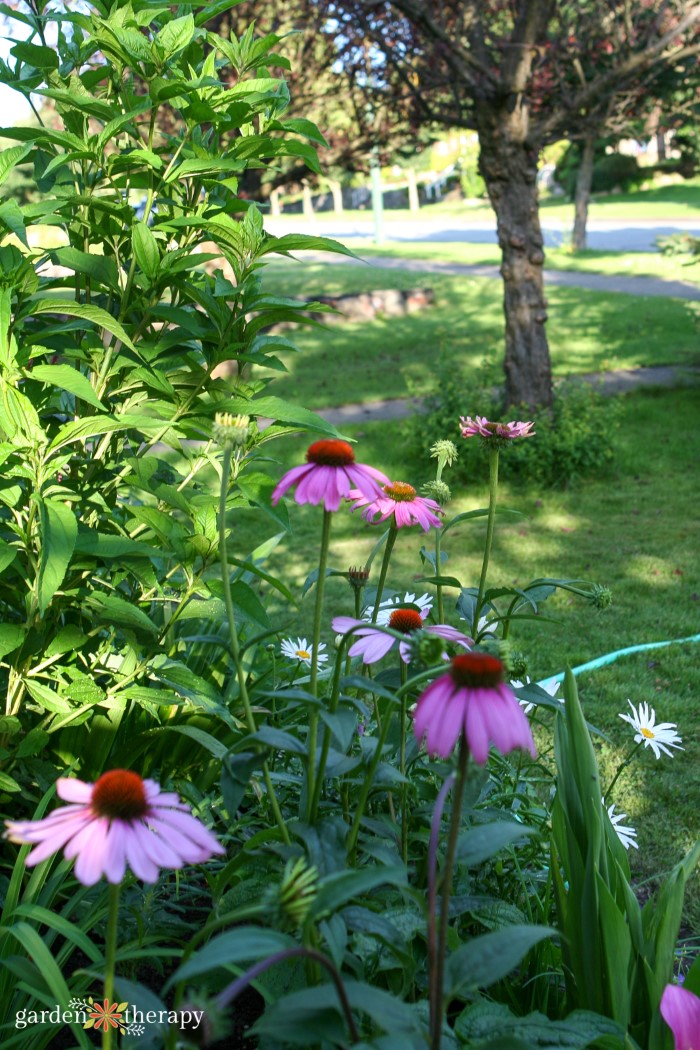
Wildfires are becoming part of the summer norm. It seems as though a bad wildfire season went from happening once a decade to every other year.
My home city of Vancouver has reported the worst air quality in the world on multiple occasions. What is normally a gorgeous city surrounded by forests, mountains, and ocean air, was trapped in a haze of smoke that wouldn’t let you see the horizon.
A couple years ago, we had a record-breaking heatwave hit us in June (WAY too early). Forest fires erupted across the province, and wildfire season was off to an early start. The wildfires destroyed the village of Lytton, BC, in a matter of hours, just after breaking the record for the hottest temperature ever recorded in Canada.
I wish I was wrong about the increased frequency of wildfires, but the stats agree. Canada’s National Observer reports that wildfires in BC are burning 10 times more than they were in the 1990s.
In 2023, 2.84 million hectares were burned in BC, which is double the area of any previous year on record.
With the increase of wildfires, I can’t help but think about my garden. While I can hide away inside and filter out the smoky air, my plants stay outside in the haze. What exactly are the effects of forest fires on plants in the garden?
Read on and find out. You might just be surprised!
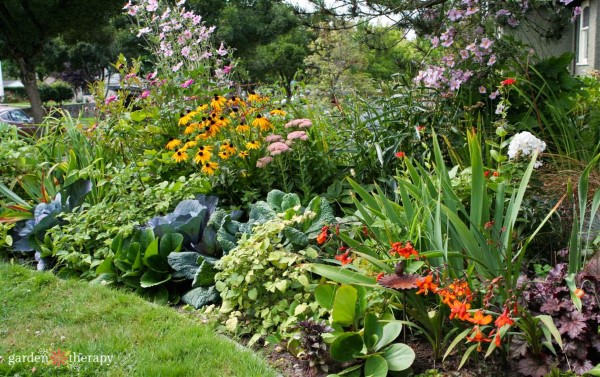

Why Forest Fires Are Good
Long before forest fires started due to cigarette butts and unattended campfires, wildfires occurred naturally in nature from lightning strikes. Natural disturbances like fires, disease, drought, windstorms, and floods may all sound scary, but the damage they do all play a part.
Just like sun and rain, wildfires play a role in the forest’s lifecycle. Some forests, including boreal forests, rely on fires for regeneration and regrowth. Fires release nutrients stored on the forest floor within old logs and leaf litter.
The open canopy allows for new growth to get enough sunlight to grow. It also rids the forest of weak and diseased trees. With enough time, small trees replace large ones.
Other trees, such as the lodgepole pine or jack pine actually require fire in order to reproduce. The heat from the fires opens the pinecones, releasing their seed.
While wildfires are good and part of a forest’s lifecycle, they are growing at an alarming rate. The more human-caused fires we can prevent, the better.


How Wildfires Affected My Garden
For seven or eight years now, I’ve experienced summers with consistent wildfire smoke. By now, I know to anticipate it as part of the gardening season. Over the years, I’ve noticed a change in my own garden due to the smoke.
A couple of years ago, one echinacea stood out. Normally, echinacea finishes growing and has gone to seed by the end of October or early November. But by October, my echinacea was much sturdier than normal, trying so hard to bloom, go to seed, and complete its life cycle. Despite the bad conditions caused by a severely smoky summer, it was SO determined.
This resulted in a full bloom in November. The bloom was so steadfast that I had a layer of ice covering the flower. It’s a combination I never thought I would see!
Smoke causes stress in plants, as they feel the change in the air and recognize the danger. Every plant will react to this stress a little differently. In the case of the echinacea, it delayed the bloom as it wasn’t able to earlier.
Most often, the smoke will force the plant to become stronger, root down, and force it to finish its cycle. A plant’s sole goal is to reproduce, and when there’s a threat, it will try to get its job done as soon as possible.
This pressure to go through a cycle faster also causes seeds to germinate. You may notice dormant weed seeds (and other plants) will germinate more or earlier than usual. Essentially, wildfires trigger a panic response in garden plants!
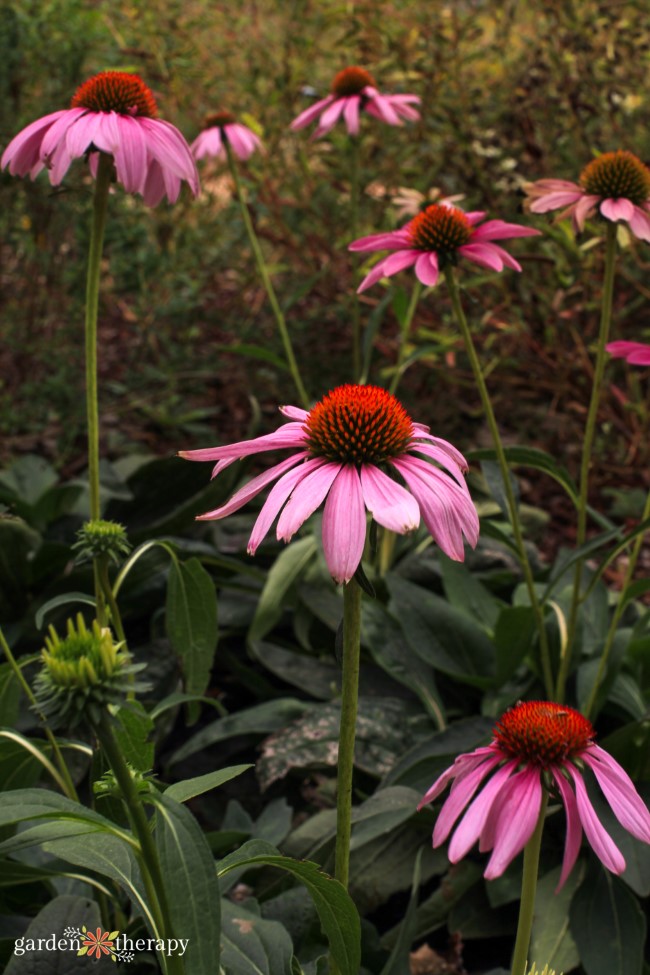

What the Experts Have to Say
It’s not just me who has noticed this change! According to a study published in 2020, smoke does not block out as much sunlight as you may have initially thought (something to consider in regards to your skin as well as the garden. Wear sunscreen!).
The ash that lands on the leaves of the plant can reduce photosynthesis, but only about 4% of sunlight is blocked out by the particles.
Smoke actually increases the amount of filtered light, as the haze helps to diffuse the light. The scattered sunlight allows the light to reach more than the upper leaves of a dense canopy, increasing the amount of diffused light by about a third. This means the plant can use the light twice as efficiently, and productivity increases.
However, the ash that lands on plants can clog a leaf’s stomata. They act as the plants ‘lungs,’ allowing the exchange of gas and water loss. Clogging can reduce gas exchange in the plant, triggering stress.
As for the ash, wood ash is a common soil amendment. It contains calcium, potassium, phosphorous, and other trace minerals. When manmade items burn, that’s when we don’t want the ash in our gardens and in our lungs.
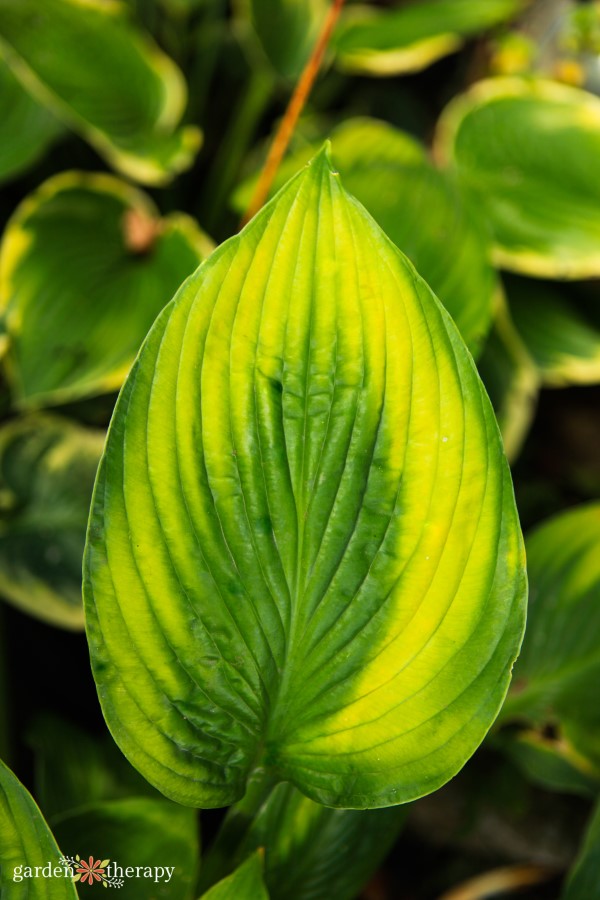

Can Smoke Contaminate Food?
This is the question I hear most often when it comes to the effects of forest fires on plants. If smoke is in the air, will your vegetables have a smoky-infused taste? A good place to turn to for the answer is the wine industry.
Many wildfires, from California’s Napa Valley to BC’s Okanagan, occur in wine country. Wildfires already affect vineyards that rely heavily on tourism and tastings, but they may also change the taste of the grape crops.
Grapes grown during a wildfire season should be tested for the compounds that can cause smoke taint. Specific to wine, smoke taint is a bad taste (ashtray-tasting kind of bad) that affects wine made from grapes exposed to smoke.
Rinsing the grapes won’t help as the smoke phenols penetrate the grape skin and bond with the sugars. Know as glycosylation, the process cannot be detected beforehand. Once the grapes are fermented into wine, the bonds break and the phenols become volatile.
However, this process is exclusive to only grapes and doesn’t always occur. Poor winemakers! Other fruits and vegetables, in my experience, don’t get any kind of smoky flavour. The vegetables and fruit taste the same as they did during a normal season.
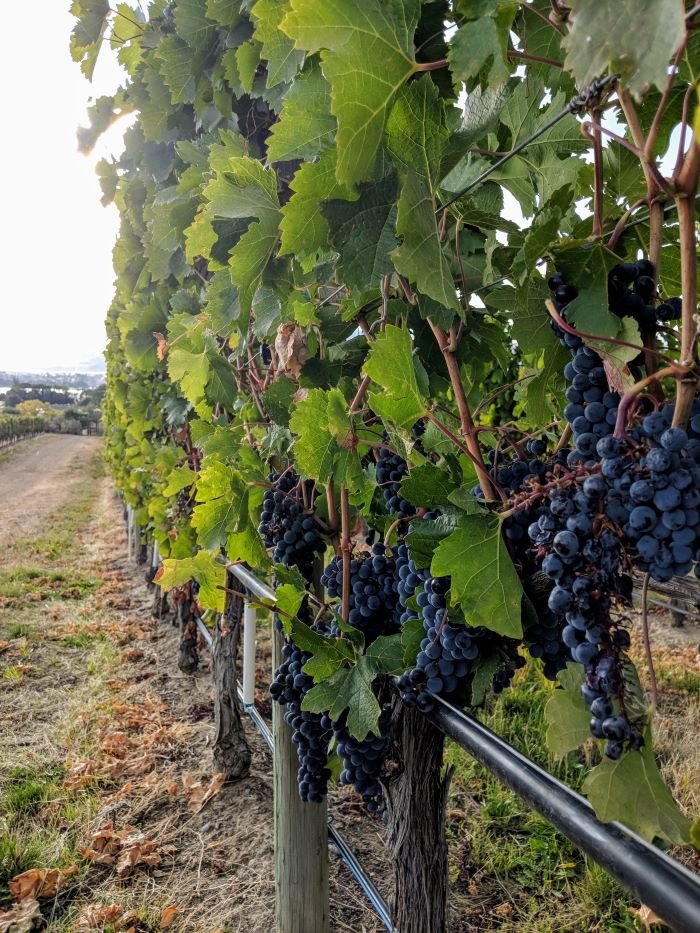

Wash Your Vegetables
That being said, your vegetables and fruit will likely be covered in a layer of ash. Ash burned from trees and other plants is relatively harmless to consume, but burnt manmade items can contain chemicals, metals, and other nasty things.
Even if it is not visible to the eye, make sure to wash your vegetables and fruit beforehand. Before harvesting, rinse your plants with the garden hose. Once you bring produce inside, wash the produce again, and give your hands a good scrubbing as well.
If you’re still concerned, you can peel any produce and remove any extra leaves.
How to Protect Your Garden from Wildfires
Without a doubt, gardens will continue to be affected by wildfires and other natural disturbances. As climate change and human interference make these occurrences more common, we can expect the future of gardening to change to match the upheaval.
- Plant fire-resistant plants. There is not a ton you can do to protect your garden from a potential fire, but some plants can help to slow down fire if you live in an at-risk area. Planting in strategic zones with fire-resistant plants closest to your house and a ring of taller trees further away helps to landscape for fire safety. Here is an excellent resource from FireFree that goes into further detail.
- Wash your vegetables. As mentioned earlier, wash all your produce from your garden if you live in an area that has experienced wildfire smoke.
- Water. When plants are undergoing stress and excessive heat, they may need more water than normal. If possible, try drip irrigation and a timer so you can stay inside while your garden gets its water. Smoke also dehydrates our bodies, so make sure to keep yourself and the plants hydrated.
- Wear sunscreen. When you’re outside in the garden while it’s smoky, you are not protected from the sun. Continue to wear sunscreen and a hat, and keep hydrated as if it were a normal summer day. If you do happen to get too much sun exposure, this after-sun lotion is very helpful.
- Keep your health first. Breathing in a ton of smoke is not good for your health. Try to keep gardening tasks to a minimum when it’s smoky. Let the grass and weeds grow while you keep your lungs healthy inside.
If you had wildfires and smoke in your area, I am curious to hear how about the effects of forest fires on plants in your garden. Leave a comment down below to share your experiences.
More Climate Gardening Tips


